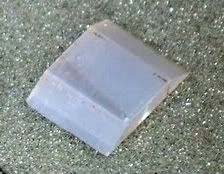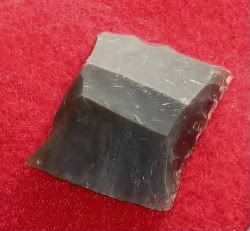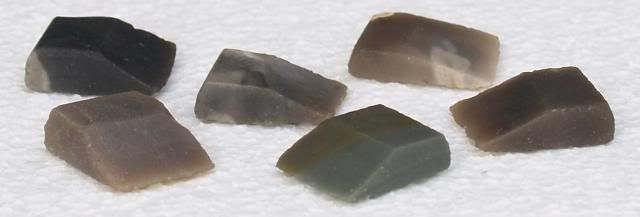Legionnaire
32 Cal.
Second time out with my flintlock yesterday ... a Lyman Trade Rifle in .50 caliber. It was great fun, and plenty accurate at 50 yards. However, it eventually stopped sparking. Once I reversed the flint, I had great spark and the lock time seemed noticeably faster. So evidently a dull flint was the problem.
So how does one sharpen a flint? Any/all help appreciated!
So how does one sharpen a flint? Any/all help appreciated!









